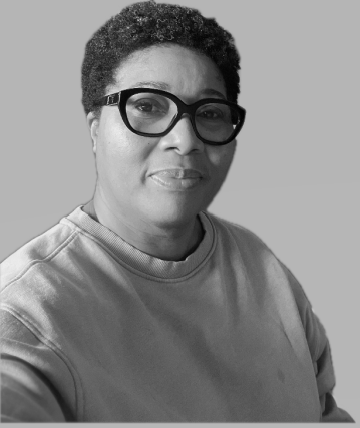Accounts for Clubs & Societies (Cambridge (CIE) IGCSE Accounting) : Revision Note
Clubs & Societies
What types of businesses are clubs and societies?
Clubs and societies are classed as non-trading organisations
These types of businesses provide a service or facility for a fee called a subscription
They do not operate with the sole aim of making a profit
What financial statements are prepared for clubs and societies?
Clubs and societies do not always keep a full set of accounting records
Their main accounting records tend to be
A receipts and payments account
This is a simple cash book
Trading sections of income statements for each one of any trading activities
Such as a café or a shop
These are prepared in the same way as for sole traders
An income and expenditure account
This shows the sources of income and expenses of the organisation
This is equivalent to the income statement for a sole trader
A subscription account
This calculates the fees that should have been received from members during the year
A statement of financial position
This is prepared in a similar way to that of sole traders
Income Statement for Clubs & Societies
Why might clubs and societies prepare income statements?
Income statements are prepared when the club or society involves a trading activity which buys and sells goods to raise extra money
A separate income statement is prepared for each trading activity
The profits or losses made from the trading activities are transferred to the income and expenditure account
What is included in the income statements for trading activities?
The income statement is prepared similarly to the trading section of the income statement of any other business
The main differences are a gross profit is not always calculated

Worked Example
Paramount Badminton Club owns badminton courts. It also operates a shop where it sells refreshments and badminton equipment. Shop sales are on a cash basis and purchases made for the shop are on credit.
The treasurer of the club provided the following information.
| 1 January 2023 | 31 December 2023 |
$ | $ | |
Subscriptions in advance | 2 200 | 2 050 |
Subscriptions in arrears | 6 515 | 6 850 |
Total shop trade payables | 5 375 | 5 950 |
Shop inventory | 3 600 | 3 200 |
Balance at bank | 360 | 220 |
Other information provided for the year ended 31 December 2023:
Shop sales | 48 120 |
Subscriptions received during the year | 38 700 |
Shop purchases | 36 200 |
Shop purchases returns | 2 710 |
Shop wages | 4 820 |
Wages for the club caretakers | 2 650 |
Insurance for the club | 3 640 |
Bank charges for the club | 80 |
Telephone for the club | 380 |
Advertising for the club | 460 |
Depreciation of equipment for the club | 520 |
Prepare the shop income statement for the year ended 31 December 2023.
Answer
Only income and expenses related to the shop appear on the shop income statement. Do not include anything that is for the club in general such as subscriptions.
Include all the expenses in the cost of sales.
Paramount Badminton Club Shop Income Statement for the year ended 31 December 2023 | ||
$ | $ | |
Shop sales | 48 120 | |
Less: Cost of sales | ||
Opening Inventory | 3 600 | |
Purchases | 36 200 | |
39 800 | ||
Less: Purchases returns | 2 710 | |
37 090 | ||
Less: Closing inventory | 3 200 | 33 890 |
| 14 230 | |
Shop wages | 4 820 | |
Shop profit | 9 410 | |

You've read 0 of your 5 free revision notes this week
Sign up now. It’s free!
Did this page help you?

